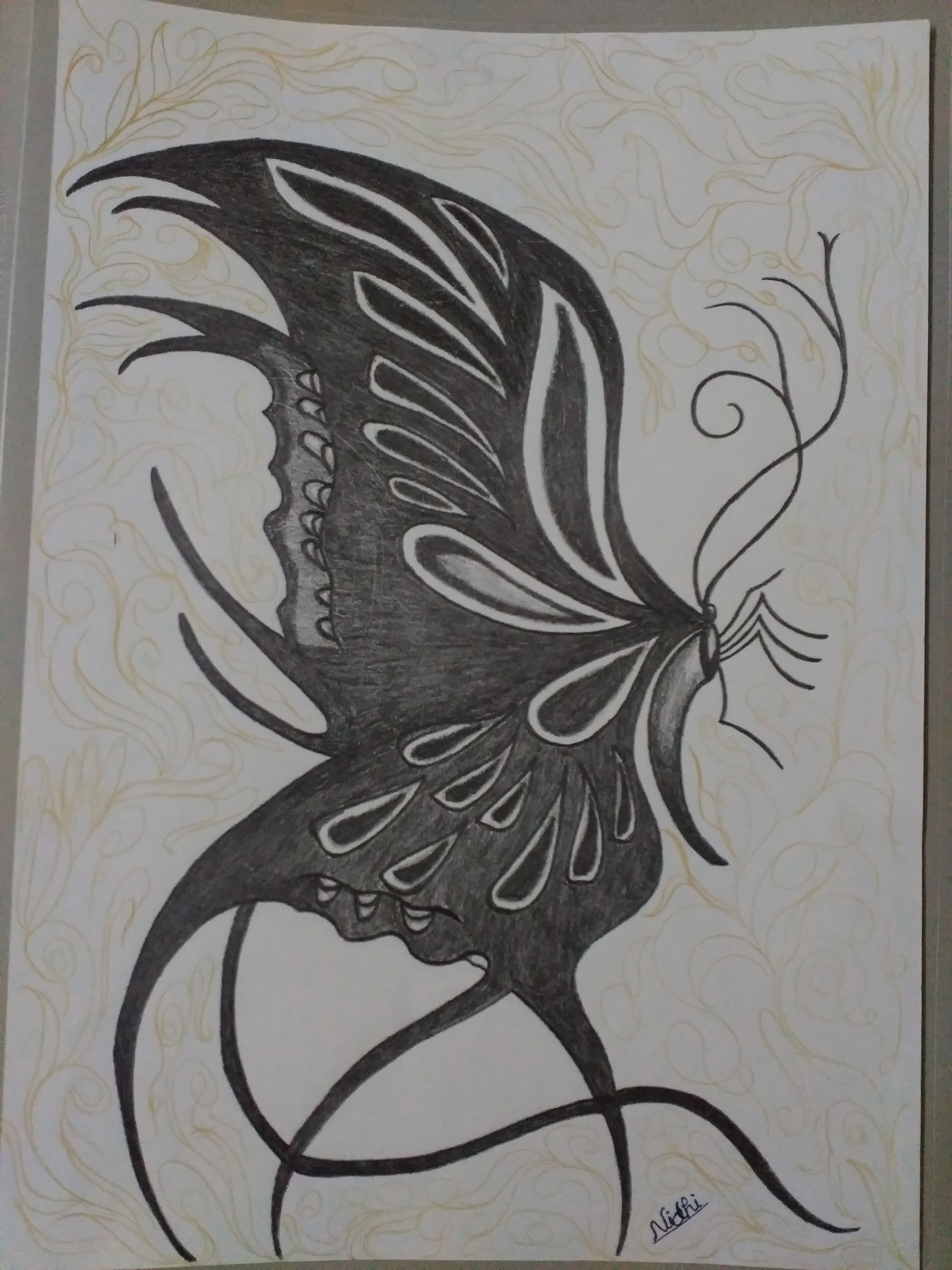Drawing How To Sketch
Wow, have you ever seen a pencil sketch that can evoke an earthquake? It seems like such a simple artistic technique, yet it can create such a powerful impact. At Chef People, we are always looking for inspiration and new ways to improve our craft. Sketching is one of those skills that can take time to master, but when you do, the results can be incredibly satisfying. In this post, we will explore some little-known truths about sketching and show you how to create a powerful earthquake drawing with just a pencil and some paper.

Sketching is the foundation for many great artistic endeavors. Whether you're working on a painting, designing a product, or simply doodling in your sketchbook, the ability to quickly and accurately create images is an invaluable skill. To get started with sketching, you don't need much. A pencil, some paper, and some time are all you need to begin honing your skills. And remember, practice makes perfect.
Sketching is a great way to relieve stress and clear your mind. By focusing on creating something with your hands, you can give yourself a break from the digital world and immerse yourself in a relaxing and therapeutic activity. Plus, sketching can help you improve your hand-eye coordination, fine motor skills, and spatial awareness.
When it comes to sketching, there are no limits to what you can create. From simple line drawings to complex shading and texture work, the possibilities are endless. Sketching is also a great way to experiment with different styles and techniques. By trying out new approaches and materials, you can discover your own unique artistic voice.
If you want to take your sketching to the next level, there are a few key tips and tricks that can help. First and foremost, practice regularly. Even just a few minutes of sketching each day can make a big difference in your skills and confidence. Additionally, don't be afraid to experiment with different tools and materials. A simple change in pencil type or paper texture can have a big impact on your sketches.
Another important tip is to focus on composition. Pay attention to the placement of your subjects, the balance of light and dark areas, and the flow of your lines. If you can create a strong composition, your sketches will have a much greater impact.
Finally, don't be too hard on yourself. Sketching is a process of growth and learning. You will make mistakes along the way, but those mistakes are an important part of the journey. Embrace the imperfections and keep pushing yourself to improve.
Now that you have a better understanding of sketching, let's take a look at how you can create a powerful sketch of an earthquake. The first step is to gather some reference images. Look for photos of earthquakes or other natural disasters that capture the chaos and destruction of the event. You can also look at drawings or other artistic interpretations of earthquakes for inspiration.
Once you have your reference material, it's time to start sketching. Begin by lightly sketching out the basic shapes of the scene. Focus on the key elements, such as the buildings, the ground, and any people or objects in the scene. Don't worry about details or shading at this point.
Once you have the basic shapes in place, start adding more detail to the scene. This is where you can start to add shading and texture to create a sense of depth and realism. Use your reference images to guide your shading and texture choices, and focus on creating a sense of chaos and destruction in the scene.
As you work on your sketch, pay attention to the composition. You want to create a sense of balance and movement in the scene, while still capturing the chaotic energy of the earthquake. Think about the placement of the buildings and other elements, as well as the flow of the lines in the drawing.
Finally, once you're happy with your sketch, it's time to add the finishing touches. This might include adding highlights or other details, or even using colored pencils or markers to enhance the impact of the drawing. Once you're done, step back and admire your work!
We hope this post has inspired you to explore the world of sketching and try your hand at creating a powerful earthquake drawing. Remember, sketching is a process of growth and learning. Keep practicing, keep experimenting, and keep pushing yourself to improve. Before you know it, you'll be creating incredible works of art that will leave a lasting impact on the world!
How to Create a Sketch Earthquake Drawing
- Gather reference images of earthquakes and other natural disasters
- Sketch out the basic shapes of the scene
- Add more detail to the scene, focusing on shading and texture to create a sense of depth and realism
- Pay attention to the composition of the scene, creating a sense of balance and movement while capturing the energy of the earthquake
- Add finishing touches, such as highlights or colored pencils, to enhance the impact of the drawing
Tips for Sketching
- Practice regularly to improve your skills and confidence
- Experiment with different tools and materials to discover your unique style
- Focus on composition to create impactful sketches
- Embrace imperfections and keep pushing yourself to improve


Post a Comment for "Drawing How To Sketch"